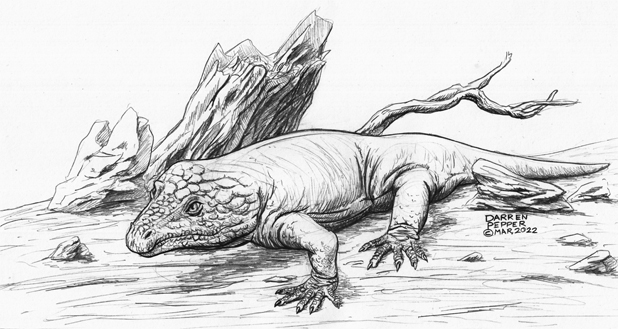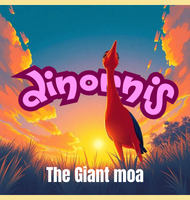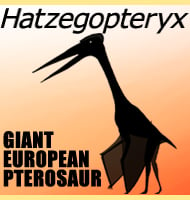In Depth
Labidosaurus is a genus of captorhinid reptile that lived in the USA in the last half of the early Permian. The upper jaw of Labidosaurus had a pronounced downwards hook that would have fitted around the end of the lower jaw, and unlike previously known captorhinids had a single row of conical teeth. There does not seem to have been any specialisation to the teeth, and in the past many have speculated that Labidosaurus may have been omnivorous.
In 2011 a specimen of Labidosaurus was described as having evidence of osteomyelitis, which in more simple English is an infection of the bone. This infection was in the bone of the lower jaw, and is thought to have been established through a broken tooth that allowed bacteria to take hold. This is quite plausible since the teeth of Labidosaurus were very deep rooted, which meant that although they would have been continually replaced by new teeth throughout life, the tooth replacement process would have taken a much longer time than in relatives with shallower roots, allowing for far more time for an infection to take hold.
Labidosaurus should not be confused with the similarly named captorhinid Labidosaurikos.
Further Reading
- Second contribution to the history of the Cotylosauria. - Proceedings of the American Philosophical Society 35(151):122-139. - Edward Drinker Cope - 1896. - The skull and the paleoecological significance of Labidosaurus hamatus, a captorhinid reptile from the Lower Permian of Texas. - Zoological Journal of the Linnean Society 149 (2): 237–62. - Sean P. Modesto, Diane M. Scott, David S. Berman, Johannes M�ller & Robert R. Reisz - 2007. - Osteomyelitis in a Paleozoic reptile: ancient evidence for bacterial infection and its evolutionary significance. - Naturwissenschaften 98 (6): 551–5. - Robert R. Reisz, Diane M. Scott, Bruce R. Pynn & Sean P. Modesto - 2011.











